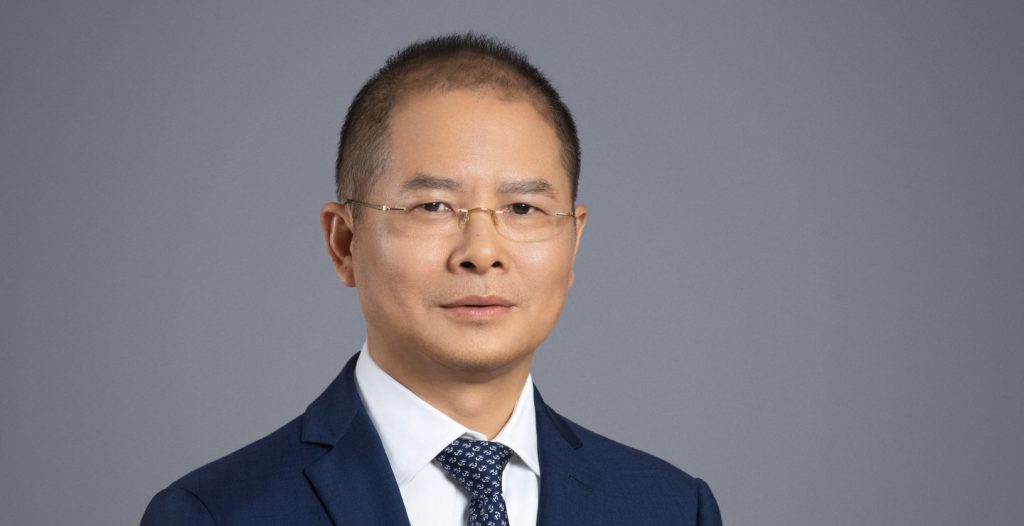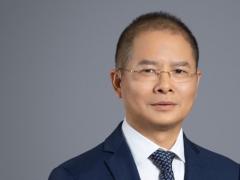
Huawei just pulled back the curtain on its next wave of Ascend chips at Huawei Connect 2025 in Shanghai, and the roadmap is packed.
During his keynote, deputy chair Eric Xu called 2025 a “memorable year,” pointing to the January release of DeepSeek-R1 as a big milestone for the company. He admitted, though, that China will likely trail the global leaders in semiconductor manufacturing for quite some time. Huawei’s way of dealing with trade restrictions? Double down on infrastructure design and open-source key parts of its software—like the openPangu AI foundation models and the Mind SDKs.
The new Ascend lineup
Huawei is rolling out three chip series: Ascend 950, 960, and 970.
The Ascend 950 will come in two flavors, 950PR and 950TO. Both are built from the same die and support new low-precision formats such as FP8 and MXFP8, with performance hitting 1–2 PFLOPs (that’s a thousand trillion floating-point calculations per second). It’ll also feature sharper memory control—down to 128-byte chunks—and 2 TB/s of interconnect bandwidth, which is more than double the current 910C. The 950PR lands in Q1 2026, with the 950DT following in Q4 2026.
One year later, in Q4 2027, the Ascend 960 will double everything: computing power, memory bandwidth, memory capacity, and interconnect ports. It’ll also support Huawei’s own HiF4 data format, which is said to be more precise than existing FP4 options.
At the top of the line is the Ascend 970, expected in Q4 2028. Specs aren’t final yet, but Xu hinted at 4 TB/s bandwidth, 8 PFLOPs FP4 compute, and much larger memory. In his words, the goal is simple: “push all of its specs much higher.”
SuperPoDs and the AI race
Huawei’s answer to the hyperscaler market is the SuperPoD, massive compute clusters built around its new chips. The first one, the Atlas 950 SuperPoD, will launch in late 2026 with the Ascend 950DT.
The company is positioning it directly against NVIDIA’s NVL144, due out the same year. Huawei claims its SuperPoD will have 56.8 times more NPUs than GPUs in NVIDIA’s system and nearly 7x the processing power. Even NVIDIA’s NVL576 in 2027, they say, won’t catch up.
Beyond AI: general computing
It’s not just about NPUs. For traditional workloads, Huawei will ship two Kunpeng 950 processors in Q1 2026: one with 96 cores/192 threads and another with 192 cores/384 threads. Alongside them, Huawei will debut what it calls the world’s first general-purpose computing SuperPoD, the TaiShan 950, also landing in early 2026.
UnifiedBus 2.0: open-source interconnect
All these SuperPoDs—both AI and general-purpose—will talk to each other over UnifiedBus 2.0, an upgrade to the tech already used in Huawei’s Atlas 900 A3. Unlike its predecessor, this one will be open-source, with specs available to developers right away.
UnifiedBus 2.0 won’t just connect nodes inside a single SuperPoD; it’ll link multiple SuperPoDs into SuperClusters. The first of these, the Atlas 950 SuperCluster, will offer 2.5x more NPUs and 1.3x more power than xAI’s Colossus, which currently leads the world in compute.
And it doesn’t stop there. By late 2027, Huawei plans to launch the Atlas 960 SuperCluster, scaling up to over a million NPUs and pushing 4 ZFLOPS in FP4 (that’s 10²¹ operations per second). As Xu summed it up: SuperPoDs and SuperClusters powered by UnifiedBus are our answer to the world’s exploding demand for compute—today and tomorrow.
